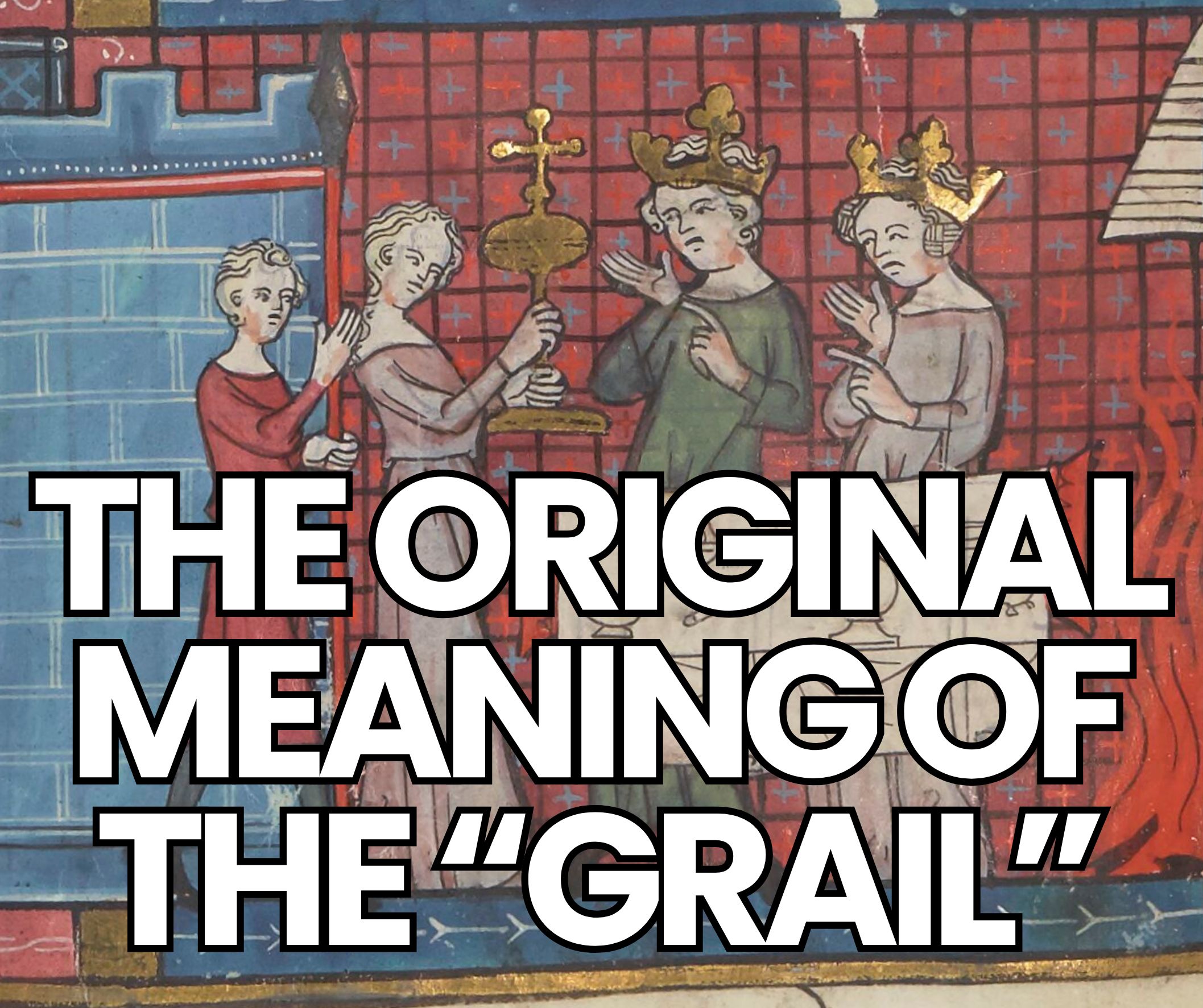
"When most people today hear the word Grail, they picture a glittering chalice, the Holy Grail of Christian legend, often imagined as the cup of Christ at the Last Supper or the vessel that caught his blood at the Crucifixion. Yet in its earliest literary appearances the graal was nothing of the sort. Far from being a holy chalice, it was a large, ordinary serving dish - a domestic object brought at mealtime in the court of the mysterious Fisher King."
"Philologists trace the term back to a Latin root. The best-attested derivation is from gradalis, a medieval Latin word meaning "wide and deep dish". This itself is probably a derivative of cratis ("wickerwork" or "lattice"), used for baskets and by extension containers. Other etymologies have been proposed-from crater (mixing bowl), from gradus ("step", supposedly referring to layers of food placed in the dish)-but these remain less convincing."
The graal began as a large, ordinary serving dish used at mealtime in the court of the Fisher King. The Old French term graal (or greal, grial) denoted a broad and deep dish in 12th-century texts. Chrétien de Troyes uses the word to mean a large serving platter in Conte du Graal. Robert de Boron later linked the graal to the Last Supper and Christ's blood, transforming it into a sacred chalice. Philologists trace the word to medieval Latin gradalis, likely from cratis ('wickerwork'), while alternative etymologies remain less convincing. The graal's origins are rustic and domestic, not initially mystical.
Read at Medievalists.net
Unable to calculate read time
Collection
[
|
...
]